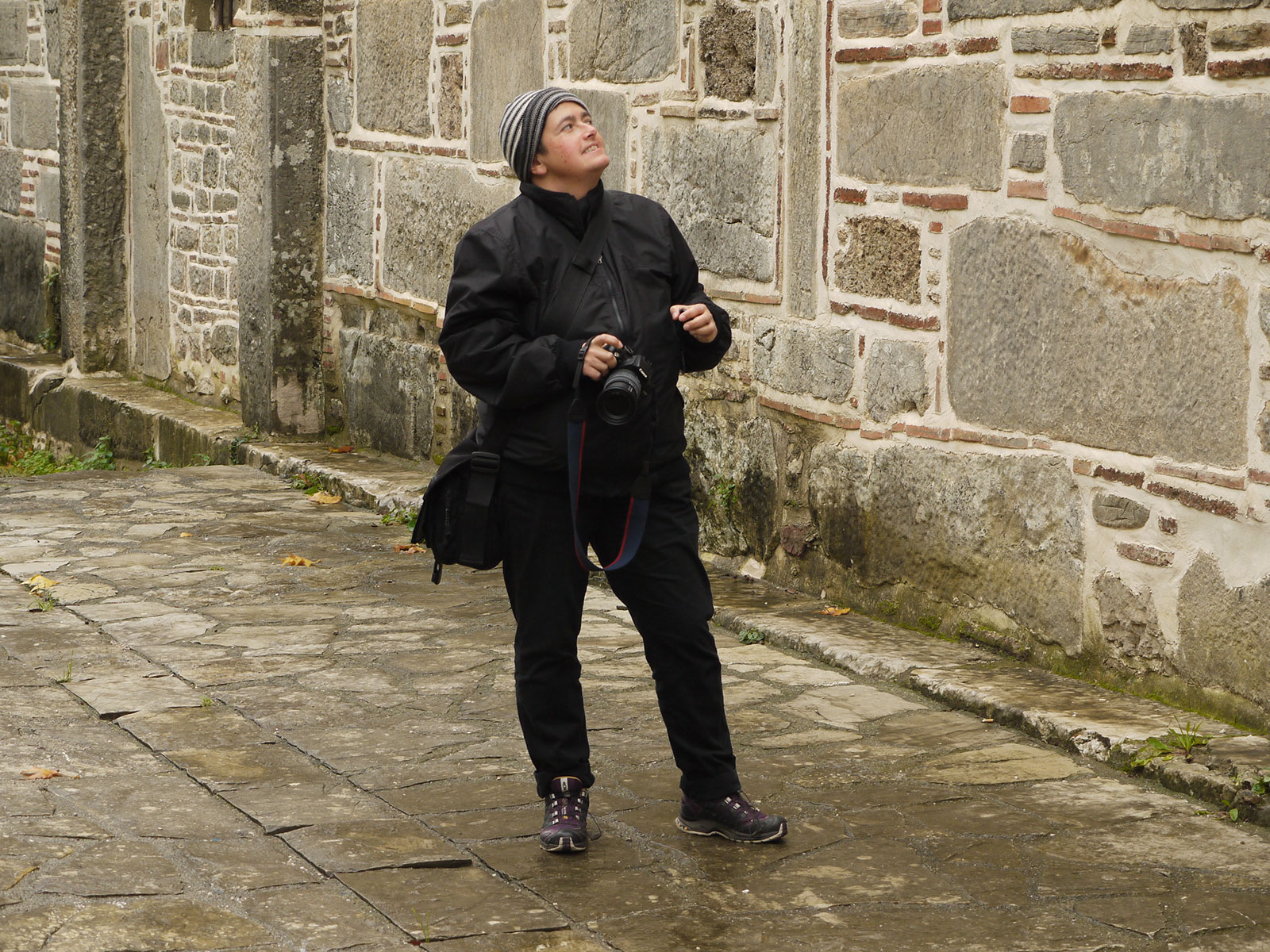About us
This website is dedicated to medieval mosaics. Why? Because mosaics are brilliant. They are fantastically skillful and clever works of art that tend to be ignored or misunderstood by guide books and art historians alike. It has always annoyed me unreasonably that guide books talking about the church of Saint Clemente in Rome spend more time on the rather mangy fresco fragments at the back of the church (by a couple of blokes called Masolino and Masaccio) than on the huge, dominating, glorious and beautiful mosaic in the apse.
It’s also annoying that when people do take the trouble to go and see a mosaic or even stumble across one accidentally, there’s little help for them there. I’ve sat for hours in Santa Francesca Romana (Santa Maria Nova) just off the Forum in Rome, partly because it’s cool and quiet when you need a break, and partly because it has an intriguing and very sweet mosaic in its apse. And I’ve seen people come in, look around, and walk out again, perhaps not noticing, perhaps not knowing what to make of it, certainly not giving it the attention they might give to a statue by Michelangelo. But why not?
This website is all about the ‘why not’; or, why we should give mosaics the time and attention they deserve.
You can browse and search for mosaics or put in your location and see if there are any mosaics near you.
About me

I’m Liz James and my day job is Professor of Art History at the University of Sussex, where I teach courses on Byzantine art (which is, of course, the best bit of art history). I’ve been interested in mosaics from when I was working on my PhD, which was on light and colour in Byzantine art. I suspect that I am now officially a mosaics nerd, the equivalent of a train spotter. There are over 200 (or there will be by the time we finish) mosaics described here; I’ve seen maybe 150 for myself (and I’ve marked the ones I haven’t see personally so you know that the description comes only from seeing pictures in books or reading other people’s descriptions).
The picture is me in mosaic-spotter mode outside the church of Porta Panagia at Pyli in Thessaly, Greece.
 Medieval Mosaics
Medieval Mosaics